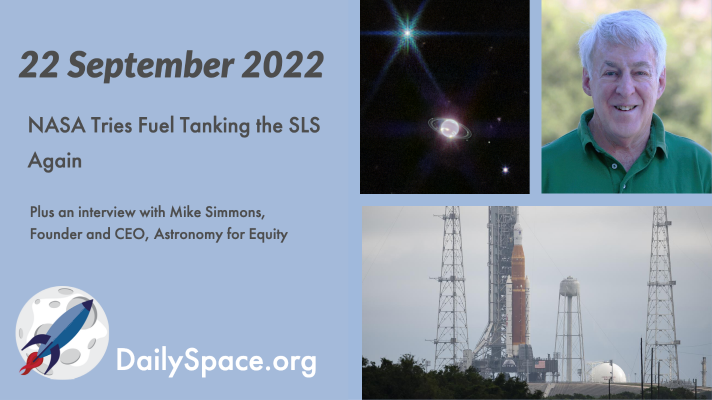
Sep 23, 2022 | Crewed Space, Daily Space, Guest Interview, JWST, Mars, Nebulae, Neptune, Rockets, ROSCOSMOS, Soyuz, Spacecraft
In advance of the next scheduled launch attempt, NASA conducted another test to fill the fuel tanks onboard the Space Launch System rocket. The results were mixed, but the launch is still on schedule. Plus, a crewed launch, beautiful images, and an interview with Mike Simmons from Astronomy for Equity about sending telescopes to underprivileged students.
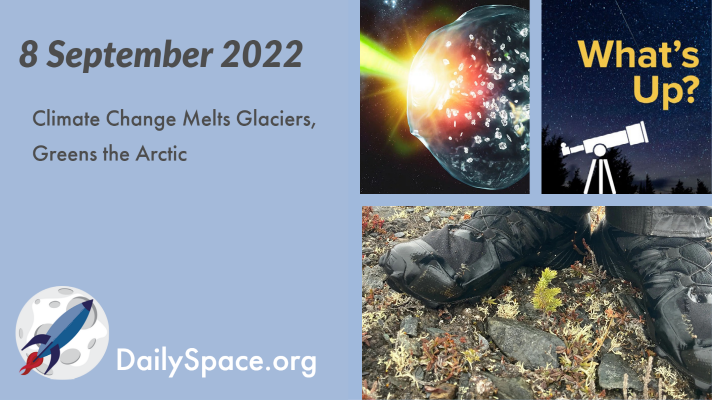
Sep 9, 2022 | Climate Change, Daily Space, Earth, Exoplanets, Mars, Moon, Nebulae, Neptune, Our Solar System, Rockets, Science, Sky Watching, Space China, Spacecraft, Uranus
As global temperatures rise, Earth observations show that glaciers are retreating and ice sheets are melting everywhere from Greenland to Antarctica while regions of the Arctic are getting greener. Plus, collaborations lead to new Mars and exoplanet discoveries, several rockets launched, and this week’s What’s Up involves Dr. Brian May of Queen.
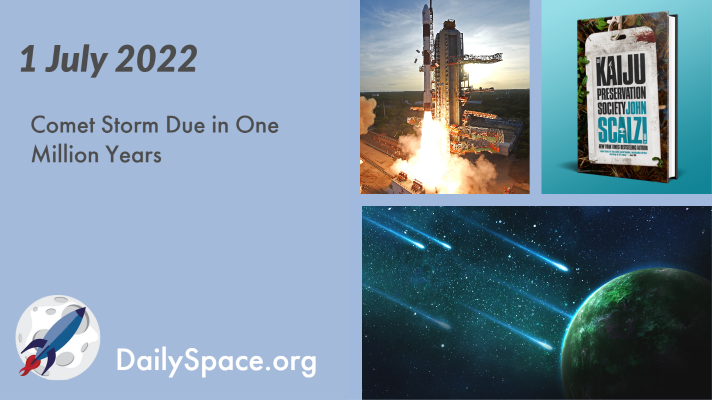
Jul 4, 2022 | Asteroids, Comets, Crewed Space, Earth, ISRO, Neptune, Our Solar System, Review, Rockets, Science, Uranus
A star cataloged as Gliese 781 is approaching our solar system and in slightly more than a million years from now, will reach the Oort Cloud, likely disrupting the orbits of icy bodies that could head toward Earth. Plus, an Indian launch, Asteroid Day, understanding our ice giants, and a review of Kaiju Preservation Society by John Scalzi.
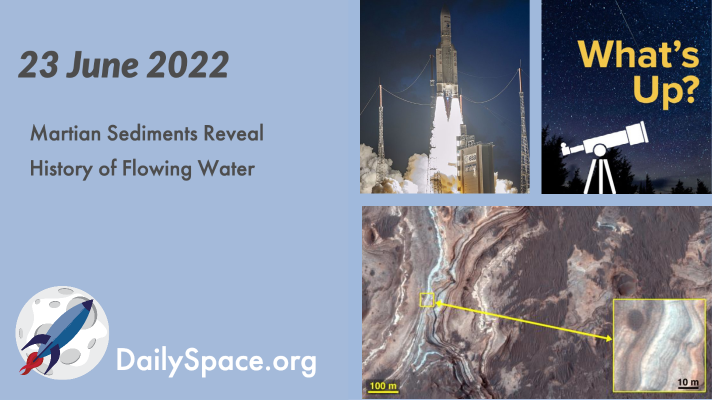
Jun 24, 2022 | Climate Change, Cosmology, Curiosity, Daily Space, ESA, Galaxies, Mars, Neptune, Physics, Rockets, Sky Watching, Spacecraft
A basin region within Margaritifer Terra on Mars contains deposits of clay-bearing sediment that provide evidence of flowing water on the red planet as recently as 2.5 billion years ago. Plus, Mars mission updates, gravitational wave detection, rocket launches, and this week’s What’s Up.
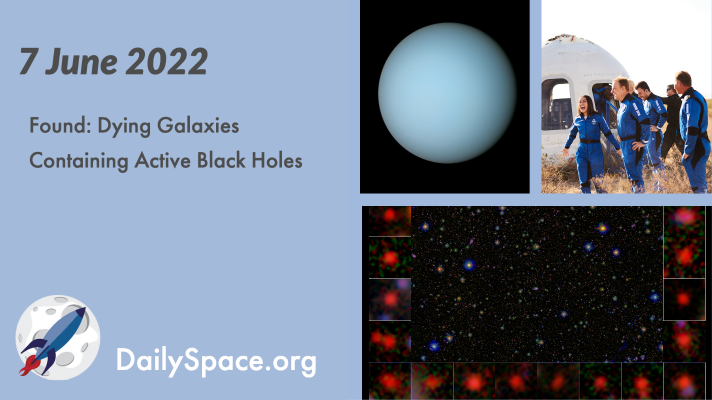
Jun 8, 2022 | Asteroids, Blue Origin, Climate Change, Cosmology, Crewed Space, Daily Space, Earth, Galaxies, Neptune, Rockets, ROSCOSMOS, Space China, Spacecraft, Supermassive Black Holes, Uranus
Astronomers combined observations of far distant galaxies exhibiting no signs of star formation and found active supermassive black holes that may have contributed to the evolution of their parent galaxies. Plus, rocket launches, detecting earthquakes, and why Uranus and Neptune are different shades of blue.
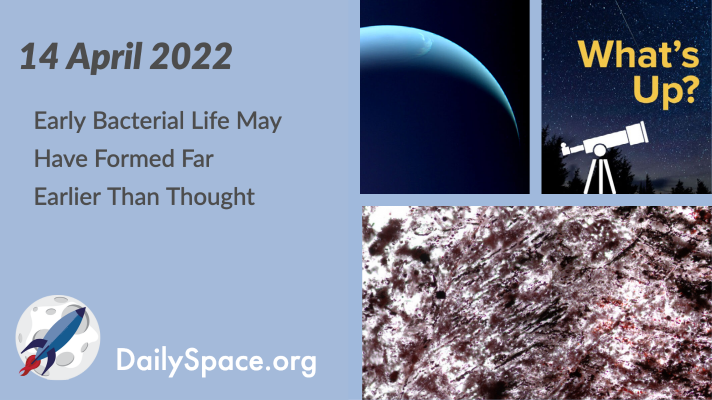
Apr 15, 2022 | Asteroids, Astrobiology, Comets, Crewed Space, Daily Space, Earth, Galaxies, JWST, Lucy, Mars, Mercury, Moon, Neptune, Saturn, Sky Watching, Stars, Supermassive Black Holes, Venus
An analysis of microscopic features in rocks from the Nuvvuagittuq Supracrustal Belt in Quebec, Canada, which date back between 3.75 and 4.28 billion years, finds evidence of possible microbial life. Plus, a supermassive black hole precursor, temperatures on Neptune, check-ins with various spacecraft, and our weekly What’s Up segment.








 We record most shows live, on Twitch. Follow us today to get alerts when we go live.
We record most shows live, on Twitch. Follow us today to get alerts when we go live.